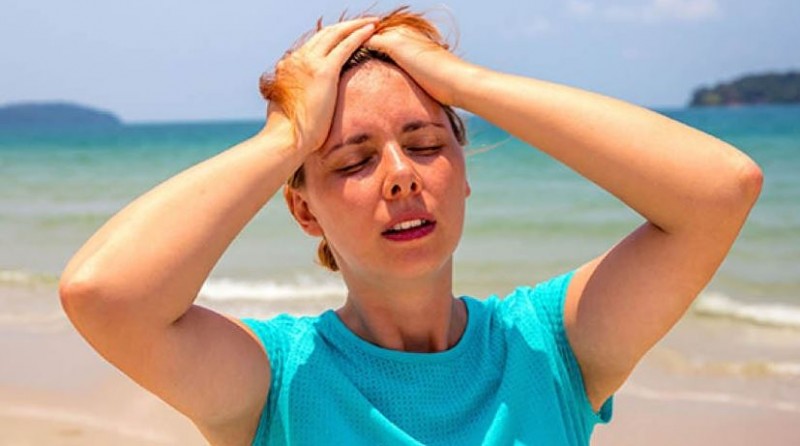
As the summer heat grips various states across India, the incidence of heat stroke has become increasingly alarming, claiming the lives of 110 individuals since March alone. Heat stroke, a severe heat-related illness, occurs when the body's core temperature rises to dangerous levels due to prolonged exposure to high temperatures and dehydration. It is particularly dangerous for vulnerable populations such as the elderly and young children who may struggle to regulate their body temperature efficiently.
Symptoms of Heat Stroke:
High Body Temperature: Heat stroke is characterized by a body temperature of 104 degrees Fahrenheit (40 degrees Celsius) or higher, measured using a rectal thermometer. In severe cases, temperatures can exceed this threshold.
Neurological Symptoms: These include severe headache, dizziness, confusion, disorientation, agitation, slurred speech, and even seizures or unconsciousness in extreme cases.
Skin Changes: Skin may feel hot, dry, and flushed due to the body's inability to cool down through sweating.
Cardiovascular Symptoms: Rapid heartbeat (tachycardia) and shallow breathing are common as the body struggles to cope with the heat stress.
Gastrointestinal Symptoms: Nausea, vomiting, and sometimes diarrhea can occur as a result of heat-induced stress on the body.
Prevention Measures:
Stay Hydrated: Drink plenty of water throughout the day, even if you do not feel thirsty. Avoid sugary, alcoholic, and caffeinated beverages, as they can contribute to dehydration.
Wear Appropriate Clothing: Opt for loose-fitting, lightweight, and light-colored clothing that allows for ventilation and evaporation of sweat.
Avoid Peak Sun Hours: If possible, limit outdoor activities during the hottest part of the day (usually between 10 a.m. and 4 p.m.). Seek shade or indoor spaces with air conditioning when outdoors.
Use Sun Protection: Apply sunscreen with at least SPF 15 or higher before going outside, and reapply every two hours or after swimming or sweating heavily.
Cooling Measures: Take cool showers or baths, use fans, and stay in air-conditioned environments to lower body temperature during hot weather.
Know the Risk Factors: Certain medications, medical conditions (such as obesity or heart disease), and age (young children and older adults) increase susceptibility to heat stroke. Take extra precautions if you fall into these categories.
Immediate Action for Heat Stroke:
Call Emergency Services: If you suspect someone is experiencing heat stroke, call emergency services immediately. Time is critical in preventing serious complications.
Cooling Measures: While waiting for medical help, move the person to a shaded or air-conditioned area. Use whatever methods available to cool the body, such as applying ice packs or cold wet towels to the skin, and fan the person.
Monitor Vital Signs: Continuously monitor the person's temperature and condition until medical professionals arrive.
In conclusion, while heat stroke is a serious and potentially life-threatening condition, it is preventable with awareness and proactive measures. By understanding the symptoms, taking preventive actions, and knowing how to respond in an emergency, individuals can stay safe and enjoy the summer months without succumbing to the dangers of extreme heat.
Top Five Causes of Insomnia in Adults: What to Do
Illicit Liquor Seized in Trichy Following Kallakurichi Hooch Tragedy
DHFW, West Bengal Announces Recruitment for 441 Medical Officer, CHO & Other Positions